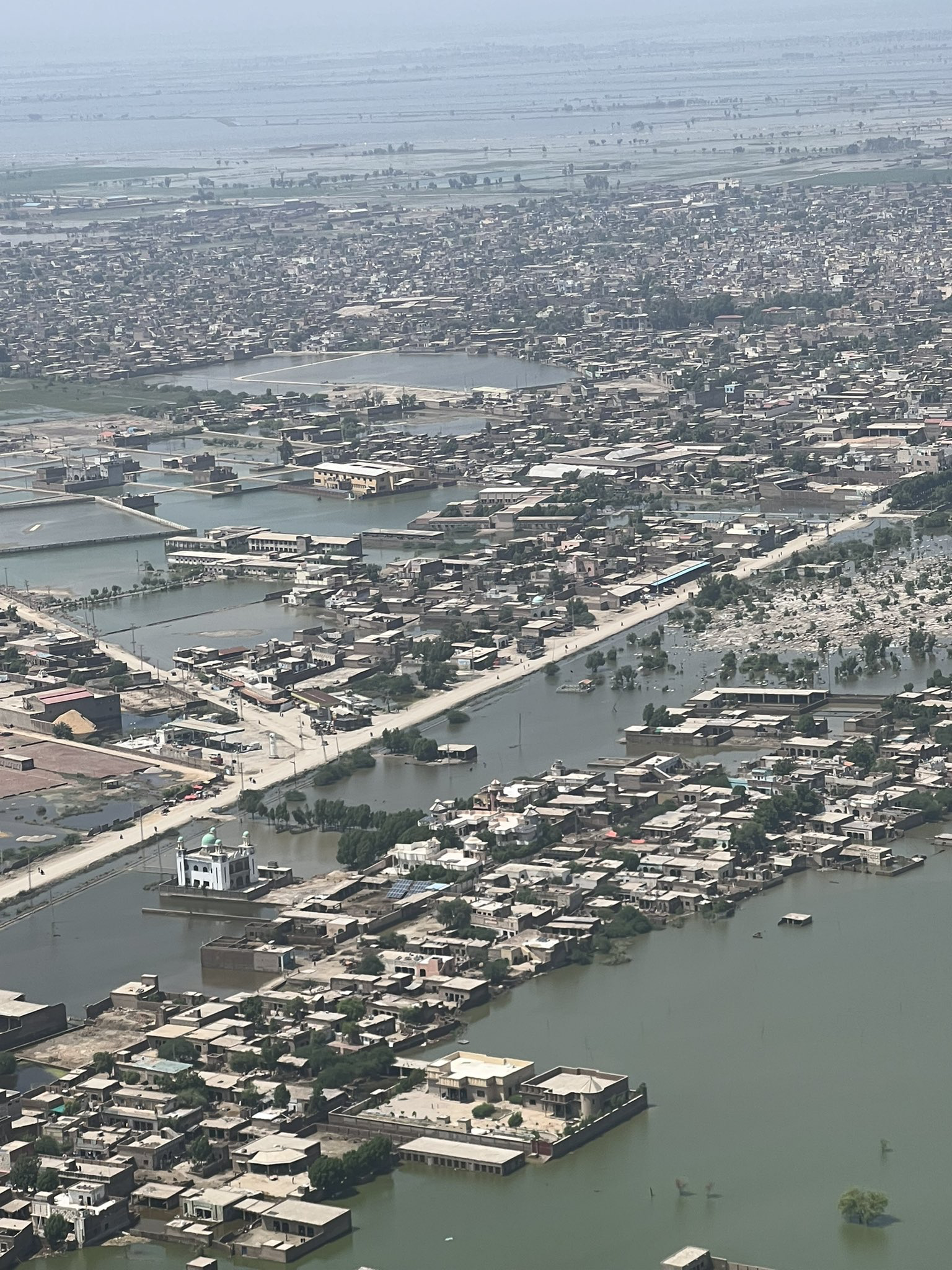While the famed island has its charms, visitors have largely overlooked the rest of this sprawling archipelago’s natural and cultural riches.
So much of Indonesia, such as Bunaken Island near Sulawesi, is relatively undiscovered – for now. Niek van Son. CC BY 2.0
Indonesia is made up of over 17,000 islands – yet the world’s attention focuses squarely on Bali. Yet, from the enchanting temples of Java to the crystal-clear waters of Raja Ampat, Indonesia’s less-known islands hold endless opportunities for exploration and enlightenment.
An orangutan sighting is all but assured in the jungles surrounding Sumatra’s Bukit Lawang. Hugo van den Bos. CC BY 2.0
Sumatra
Indonesia’s westernmost island offers up excitement and relaxation in equal quantities. The languid shores of Toba, the world’s largest volcanic lake, beckon visitors to its isolated islands, gushing waterfalls and unique Batak subculture. Elsewhere on Sumatra, adventure reigns supreme: track down orangutans in Bukit Lawang, surf mammoth waves on the surrounding Mentawai and Nias Islands or hike up the still-active Mount Sibayak volcano. Travelers can finish by polishing off some of Sumatra’s famously delicious cuisine in Medan and Padang, Indonesia’s most acclaimed culinary capitals.
As phenomenal as Raja Ampat’s diving is, the above-water scenery stuns just as much. Max Mossler. CC BY 2.0
Raja Ampat
Located just off the coast of New Guinea in Indonesia’s far east, this under-the-radar archipelago provides visitors with some of the most pristine reefs in the world. Skilled divers dream of traveling to these idyllic islands for all-but-assured sightings of sharks and manta rays and the discovery of over 1,000 different species of fish and coral. The views on land rival the bounty below, with a hike up Piaynemo Island revealing a dreamscape of verdant forests and crystal-clear waters obscured only by the flight of tropical birds.
The magic of Java best comes alive at Borobudur as the sun rises over the temple. Justine Hong. CC BY 2.0
Java
The world’s most populous island, Java remains the heartbeat of Indonesia. Frenetic and colorful Jakarta is a mixing bowl of Indonesia’s countless cultures as it attracts locals from every island. When the capital’s crush of humanity gets a bit too much, travelers can escape to atmospheric Yogyakarta, renowned as Indonesia’s cultural and artistic capital. Just outside of town are the architectural masterpieces of Borobudur, the world’s largest Buddhist temple, and Prambanan, Indonesia’s largest Hindu temple. Nature lovers appreciate a morning hike up Mount Bromo, while divers enjoy getaways to the tropical paradise of Karimunjawa.
Komodo dragons can be found nowhere else in the wild other than Flores and its neighboring islands. Adhi Rachdian. CC BY 2.0
Flores
Known by intrepid travelers for its Komodo dragons, Flores gives visitors a glimpse of an untouched Indonesian island tailor-made for adventure. Tracking down the region’s best-known inhabitant is a must, but travelers would be remiss to skip Flores’ less popular attractions. Padar Island’s coves alternate between white, black and pink sand, with their gorgeous beaches offering the perfect respite after a long day of trekking. Mount Kelimutu also revels in multihued splendor, with the volcano’s three lakes ranging in color from an intense red to cool shades of green and blue. Intense hikers will adore the overnight trek to Wae Rebo, an excursion through dense jungles to a traditional village set up by the Manggarai tribe.
Funeral ceremonies in Tana Toraja are a cause for celebration, as death is the most revered state of one’s life. Arian Zwegers. CC BY 2.0
Sulawesi
Sulawesi holds an incredibly broad array of activities within its oddly shaped borders. The clear highlight is Tana Toraja, a highland region studded with rice paddies and filled with houses bearing a close resemblance to boats. The area is home to the world's most elaborate and celebratory funeral rituals, which mesmerize all who attend. Visitors take a bumpy ride into the jungles of Lore Lindu National Park to discover monkeys, snakes, and tropical flora and fauna that remain untouched by the outside world. A journey to Rammang Rammang passes by the sweeping limestone cliffs of the world’s third largest “stone garden,” and the Togean, Wakatobi and Bunaken Islands further entice with world-class diving opportunities.
Stephen Kenney
is a Journalism and Political Science double major at the University of North Carolina at Chapel Hill. He enjoys sharing his passion for geography with others by writing compelling stories from across the globe. In his free time, Stephen enjoys reading, long-distance running and rooting for the Tar Heels.









































